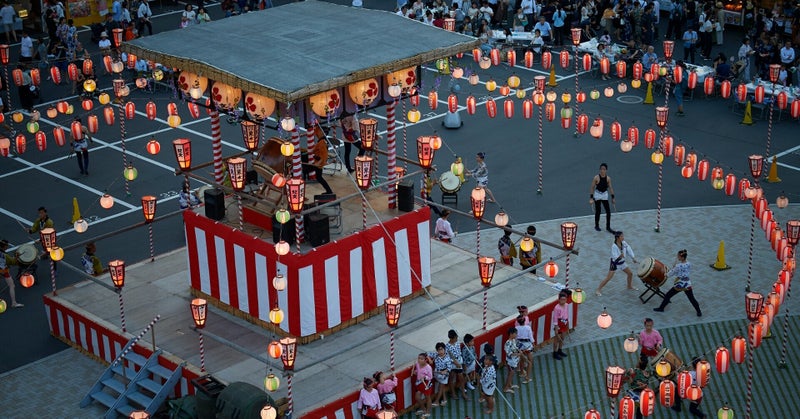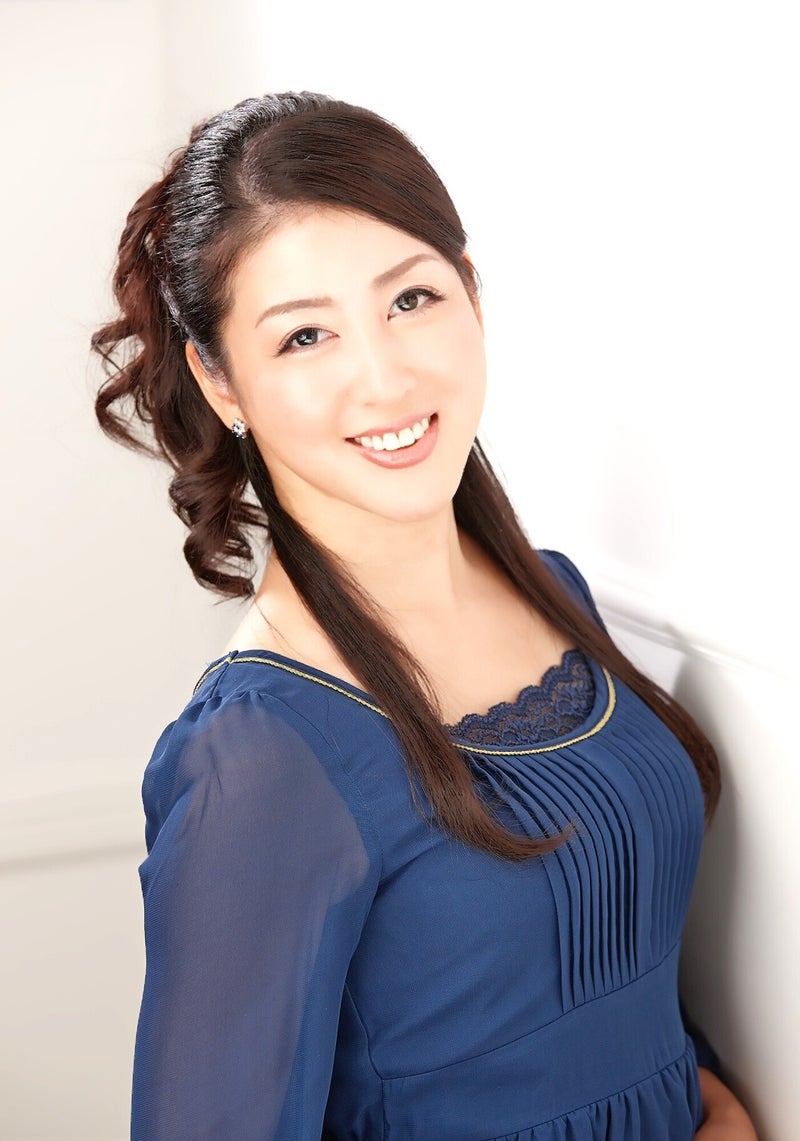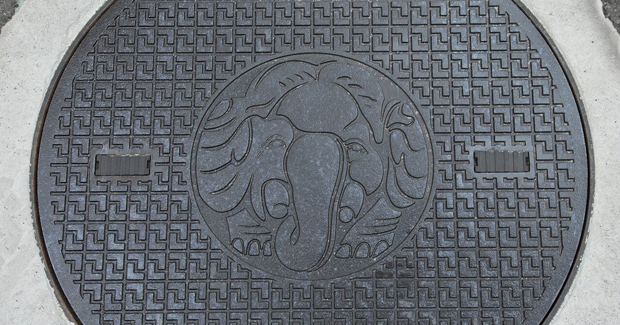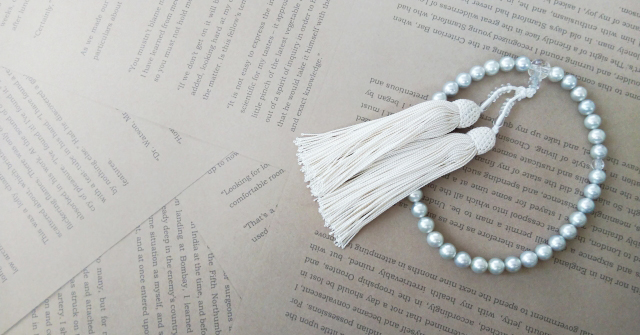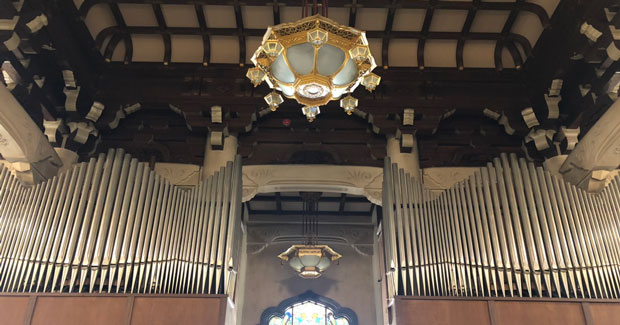NHKワールドTVでもおなじみのミッシェールさんが初めてであう仏教の文化や習慣を、浄土真宗本願寺派僧侶の南條了瑛さんと共に英語で解説していきます。
Michelle: Speaking of Bon Dancing, my grandparents’ house was situated in an area with many temples, so when I was little, I used to go to the temple in right in front of the house to participate in the summer Bon Dancing festival every year.
ミッシェール:盆踊りといえば、祖父母の家は地方の寺町にありましたので、小さい頃は毎年、家の目の前にあるお寺の盆踊りに行っていました。
Nanjo: What was your impression of the Bon Dancing held at the Buddhist temple?
南條:お寺で開かれる盆踊りは、どのような印象でしたか?
Michelle: My oldest memory is actually about Bon Dancing. It was my grandfather’s “Niibon” (the first Bon festival following the death of a family member). The temple had enlarged my grandfather’s picture to an enormous size and put it up where everyone could see it. And the temple ground was beautifully lit up with paper lanterns, and seeing the people dancing to the music was truly mystical.
ミッシェール:あれは祖父の新盆のときでした。お寺に巨大な祖父の写真が飾られていて、盆踊りの明かりに照らされながら、音楽とともに人々が踊っている光景は、なんだかすごく不思議に感じていました。私が3歳の頃の思い出で、一番古い記憶です。
Nanjo: That’s a wonderful memory! It certainly feels like a unique atmosphere.
南條:素敵な記憶ですね!たしかに独特な雰囲気として感じますよね。

Michelle: Also, I belong to a Japanese drum club at a University where I teach, so one day I want to play the drums for a Bon dance someday!
ミッシェール:あと、私はいま大学の和太鼓サークルに入っているので、いつか盆踊りで演奏できるくらいになりたいです!
Nanjo: Wow! I will definitely go and enjoy Bon dancing when Michelle will play the Taiko drums for sure♪
南條:なんと! じゃあミッシェールさんが盆踊りで太鼓の演奏をされる際は、ぜひ出向いて全力で楽しんで踊りますね♪
Michelle: I’ll look forward to seeing you there♪
ミッシェール:楽しみにしています♪

【Column】The History of Bon Dancing
The history of Bon Dancing in Japan can be traced back about 600 years from today. It is held during the summer Bon period when the spirits of ancestors are supposed to revisit the household altars. However, much of its origins and details remain unclear. But it can be said that it is a traditional art form that has developed in various parts of Japan.
Bon Dancing at Tsukiji Hongwanji is held every year for four days between late July and early August (it is scheduled to be canceled due to Covid-19 this year).
In the middle of the precinct, Yagura (a high wooden scaffold) is placed as a symbol. And it is known as the “Japan’s most gourmet Bon Dancing” because it is surrounded by famous Tsukiji restaurant.
Bon Dancing is also popular in temples overseas, and the supporters of the temple enjoy the event and it also serves as fundraising. It has also made a significant contribution to promoting Japanese culture overseas.
【日本語訳】
日本における盆踊りの歴史は、いまからおよそ600年前にまで遡ることができます。一般的にはご先祖様がお仏壇に戻るといわれる夏のお盆の時期に行われます。(浄土真宗では先立たれた方はいつでも寄り添ってくださっていると考えられています。)しかし、その起源や詳細にはいまだ多くの謎があり、日本各地で多様に展開していった伝統芸能といえましょう。
築地本願寺の盆踊りは、毎年7月下旬から8月上旬の間の4日間開催されます[2021年はコロナで中止予定]。
境内の中央に配置される大きな櫓をシンボルとし、周囲には築地の名店が飲食店として立ち並びますので、“日本一おいしい盆踊り”として知られています。
海外のお寺でも盆踊りは盛んです。ファンドレイジング事業として、お寺に集まる方々が、ワイワイ楽しく運営している印象です。海外へ日本文化を広めるという意味でも、盆踊りは大きな貢献を果たしています。
▶︎The next theme is “Is it okay for Buddhist priests to eat meat?”
(次回のテーマは、「お坊さんはお肉を食べて良いの?」です。)

